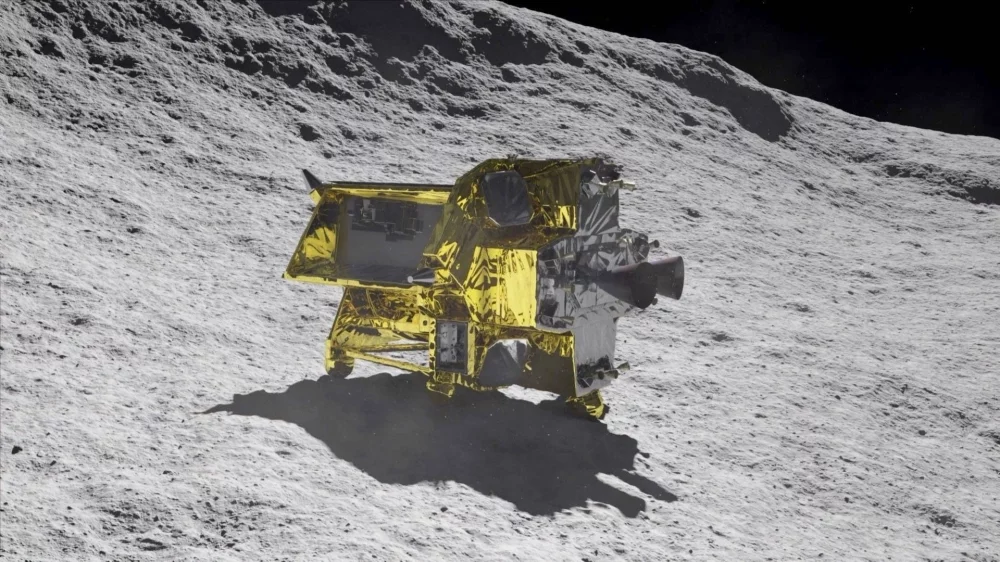Despite this achievement, the Japan Aerospace Exploration Agency (JAXA) encountered a challenge when SLIM’s solar panels failed to generate power upon landing. Despite the setback, SLIM showcased its precision landing capabilities, employing a “two-step landing” method and deploying mini-probes, including a hopping vehicle and a wheeled rover developed by Sony Group, Tomy, and Japanese universities.
The primary objective of the mission was to demonstrate precision landing technology, positioning Japan as a key player in future lunar exploration endeavours, particularly in the hilly moon poles that hold potential as sources of vital resources. Often referred to as the “moon sniper,” SLIM aimed for a landing accuracy of 100 meters, a significant improvement over conventional methods.
While facing the challenge of solar power failure, SLIM continued operations using its battery, prioritizing data transfer to Earth. JAXA will conduct a month-long verification process to determine if SLIM successfully achieved its high-precision landing goals.
This accomplishment places Japan among the elite nations, including the United States, the former Soviet Union, China, and India, that have achieved a soft landing on the moon. Despite setbacks, the mission represents a crucial step forward for Japan’s space program, signalling its commitment to future lunar exploration with a focus on precision and efficiency.





